Laurel Hill House
Standing for over 200 years, the abandoned home of a Revolutionary War hero and later a succession of prison superintendents.
Shortly after the Revolutionary War, a man by the name of William Lindsay acquired a 1,000-acre homestead just outside of what is today Lorton, Virginia. Lindsay, who was a part of the Virginia Militia and a contemporary of both George Mason and George Washington, built his home on one of the more elevated portions of the land in 1787. The typical colonial home was dubbed Laurel Hill, supposedly in honor of his family’s original estate in Northern Ireland. It is said that during Lindsay’s ownership, it was possible to see the Potomac River from the front door of the home, though current urban development and vegetation make this impossible today.
Lindsay would not enjoy his new home for very long, as he died from gout in 1792. After Lindsay’s death, the Laurel Hill House was passed around his extended family. He was buried about a hundred yards from the back of the house, with his wife next to him in 1822. Officially known as the Lindsay Family Cemetery, the area is believed to hold numerous other, unmarked graves (most likely Lindsay children). The grave markers for Lindsay and his wife, it is said, were placed later by the Daughters of the American Revolution. The cemetery is denoted by four brick pillars connected by a low iron-pipe rail. It is found in tall grass near the base of the what was once the No. 9 Guard Tower of the D.C. Workhouse and Reformatory—a hint of what came next for the property.
The home saw many owners throughout the 19th century before coming into the possession of a D.C. attorney named Howe Totten in 1906. Totten used the home as a country house, and a place to breed champion Great Danes. It is believed that during his ownership several additions, including a wraparound porch, were added. By 1910, the D.C. Workhouse Prison (also known as the Occoquan Workhouse) was established only a couple of miles down the road. Totten was not very pleased with his new neighbors and began sending letters to the editors of local newspapers complaining about the prison’s lack of security, among other issues. In 1914, the federal government purchased 153 acres of the Laurel Hill property to use for an adjoining reformatory for incarcerated people with longer sentences. The purchase included Laurel Hill House itself.
The house then became the residence of many different staff members of the prison, mainly its superintendents. During this time even more rooms were added and modifications made, including three new rooms on the east side and more. By 1918, Reformatory Entrance Drive was laid along the west side of the house and served as the primary access route into the reformatory until the 1950s. Today the walled road is mostly eroded and covered in vegetation, with portions now fenced off.
By the late 1930s, a neoclassical terraced garden was constructed on the east side of the hill that the home sits upon, including extensive brickwork, a fountain, a retaining pool, and a magnificent view. Though the origins of the garden are somewhat shrouded in mystery, it is believed to have been built by incarcerated individuals and used as a means of teaching them new skills such as construction and gardening. Today, the garden is almost completely hidden in plain sight by heavy vegetation. A Cultural Landscape Report was compiled by the Fairfax County Park Authority in 2009, with treatment plans detailing the potential restoration of the garden, though these plans have yet to be implemented.
By the early 1970s, Laurel Hill House had been vacated and abandoned. Pictures from this time period show that the house was still maintained, but many decades of neglect brought it into disrepair. By 2002, the D.C. Workhouse and Reformatory had been dissolved, and ownership of the house and 2,400-acre property was obtained by Fairfax County. It was established as a historic district and added to the National Register of Historic Places in 2006. The former workhouse was converted into a cultural arts center in 2008, and the reformatory is currently being reimagined as a new urban living community known as “Liberty.”
According to numerous online resources and reports made available by Fairfax County, Laurel Hill House has been in consideration for restoration since 2007. These plans have yet to come to fruition, and the house and terraced garden still stand in a decrepit state, a shadow of their former glory.
Know Before You Go
The easiest way to get to the house is by going through the main entrance of the "Liberty" Community located off of Silverbrook Road. You'll keep driving straight on Power House Road and you should see the house ahead of you before the road turns. The house is situated in a residential area, so please be mindful of parking. The house can be enjoyed from behind the chainlink fence that has been erected around it.
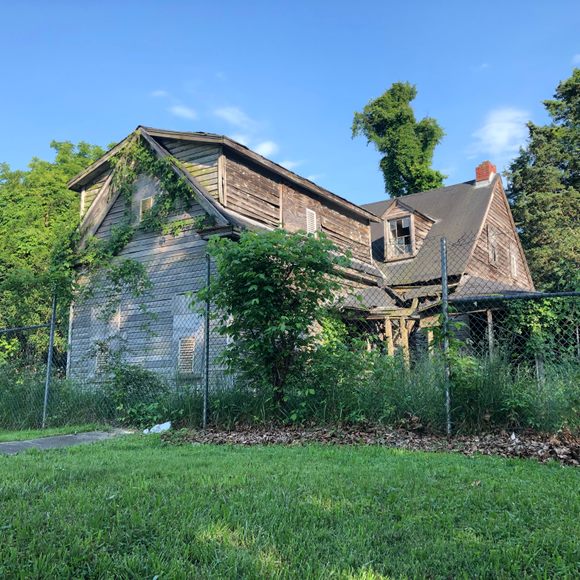


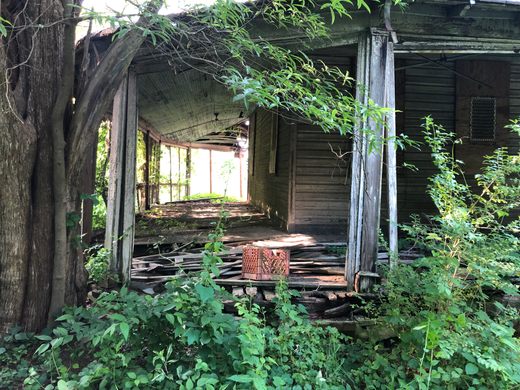
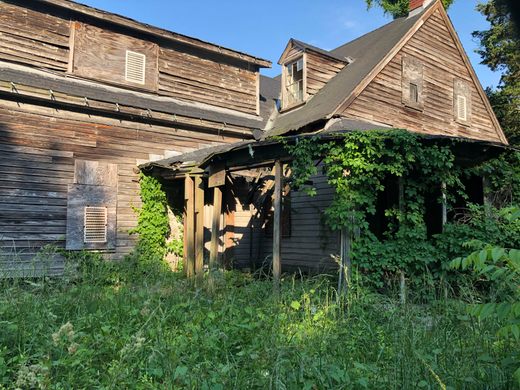
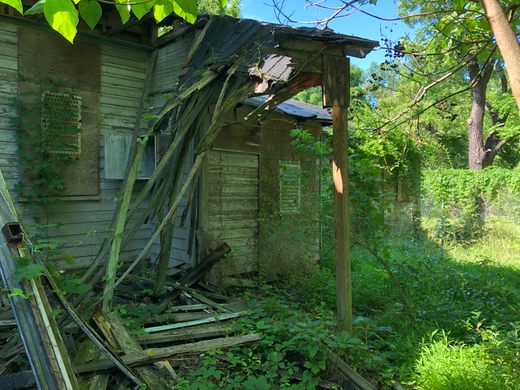
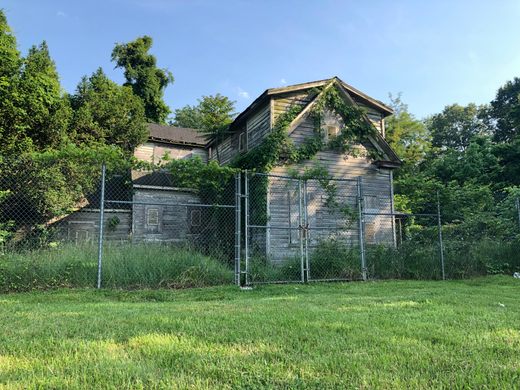
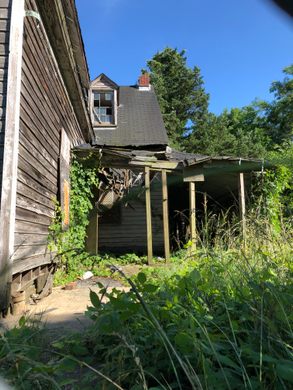
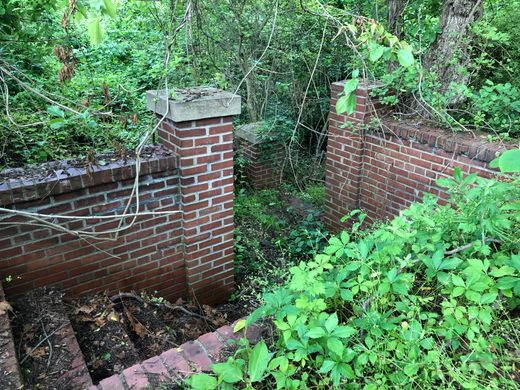
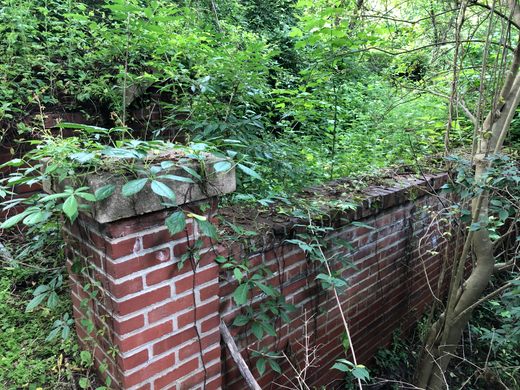
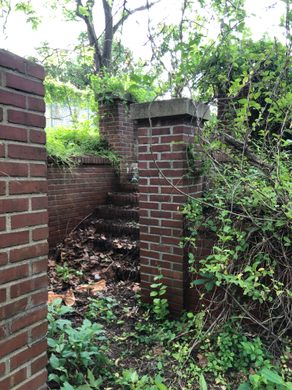
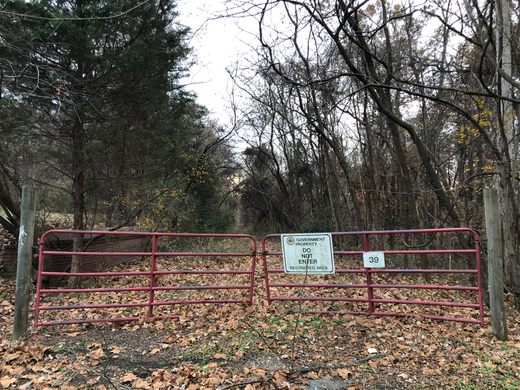
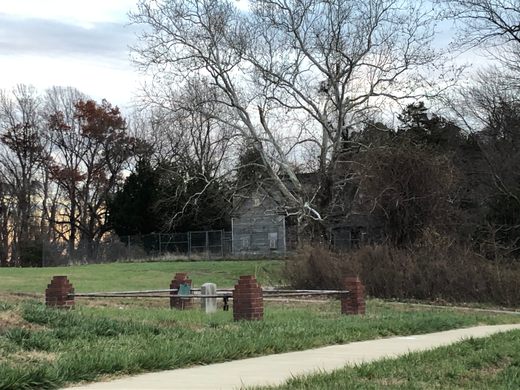
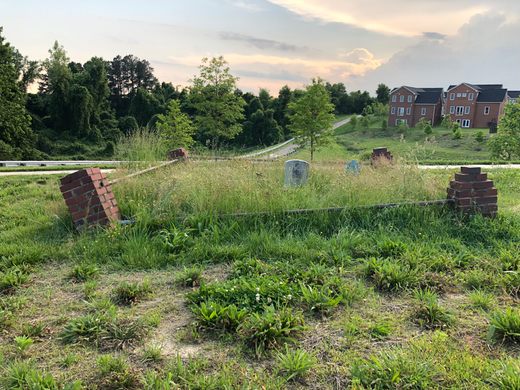
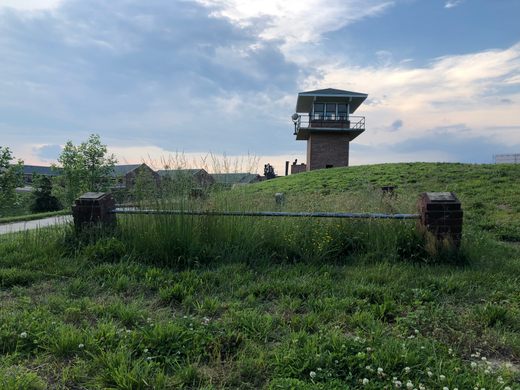
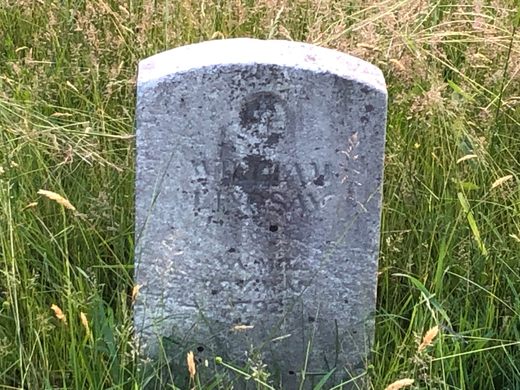
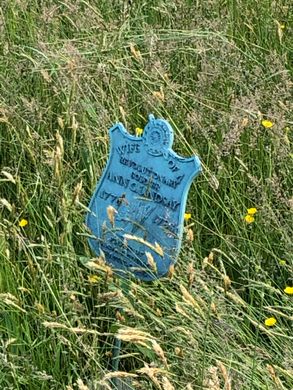
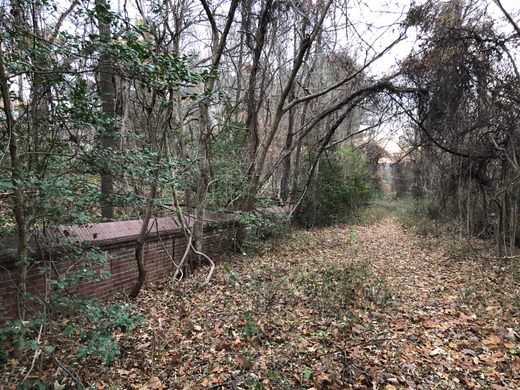
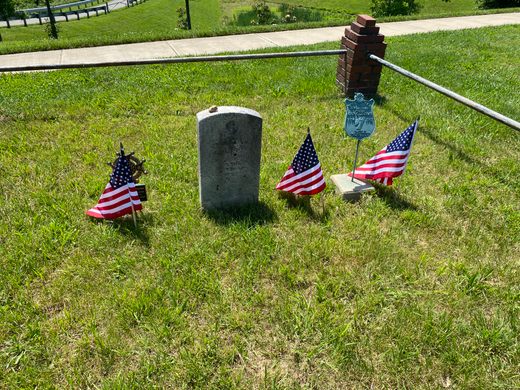
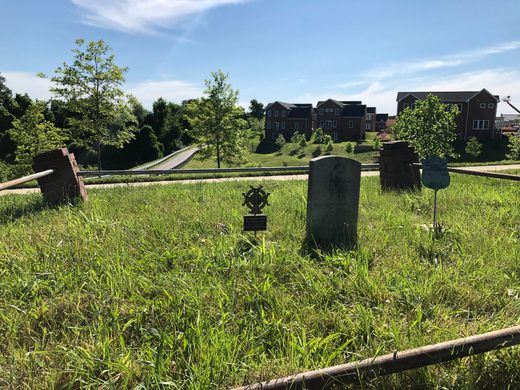
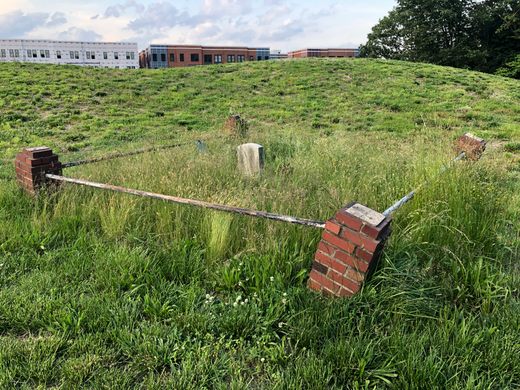
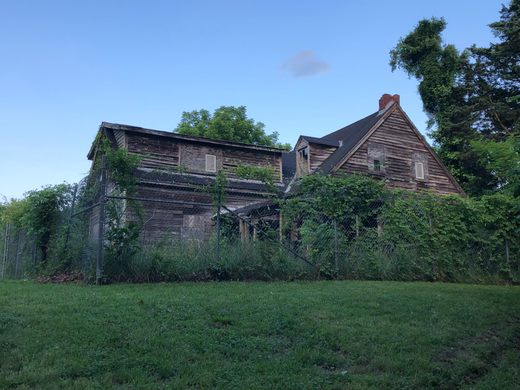

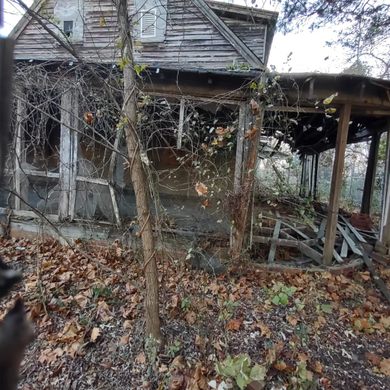
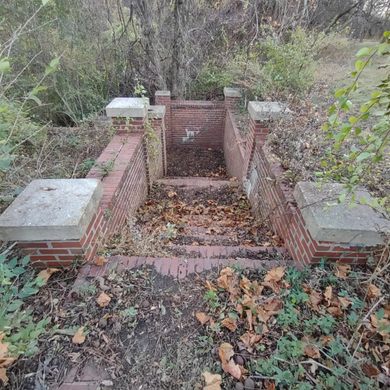
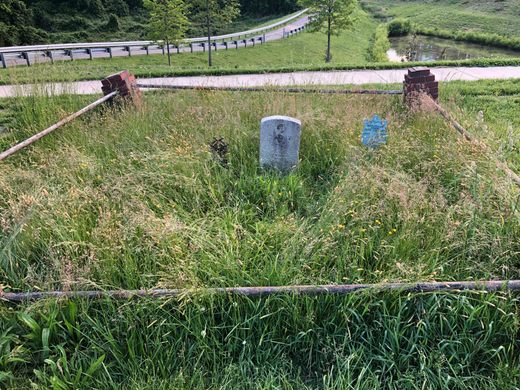
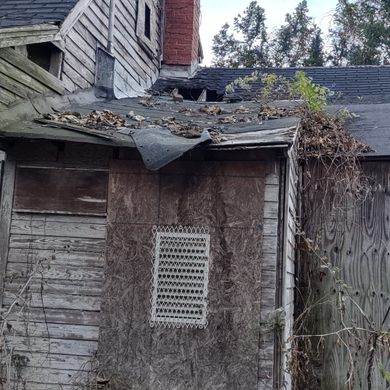
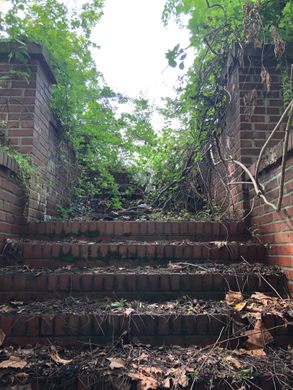







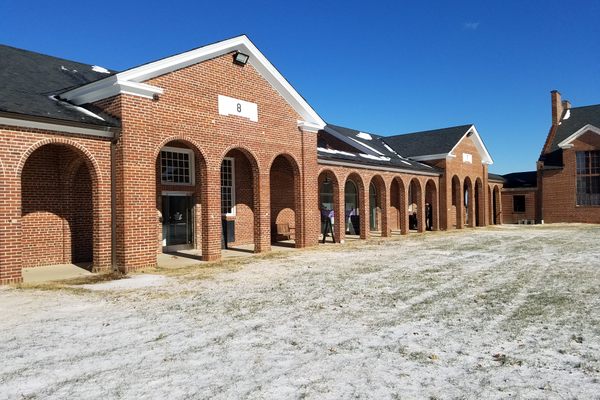
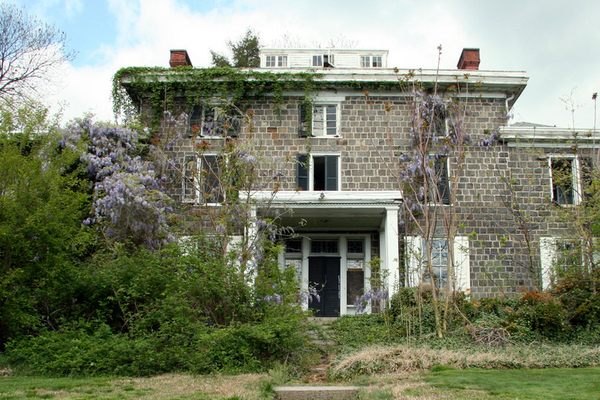




Follow us on Twitter to get the latest on the world's hidden wonders.
Like us on Facebook to get the latest on the world's hidden wonders.
Follow us on Twitter Like us on Facebook